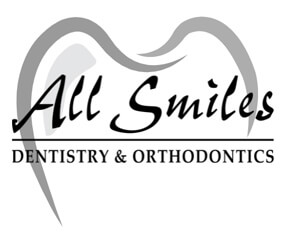
May 29, 2024
Maintaining oral health is crucial, and dental cleaning plays a significant role. Regular cleanings prevent plaque buildup and gum disease. Understanding the types of dental cleanings can help you choose the best option for your needs.
Before learning about the different types of braces, it’s important for you to understand why orthodontic braces are used. Braces can correct several dental issues, including:
There are multiple types of braces available, each with unique benefits. Choosing the right one depends on your dental condition, age, lifestyle, and budget.
Description: Traditional metal dental braces are the most common and have been used for decades. They consist of metal brackets bonded to the teeth and connected by a metal wire.
How They Work:
Pros:
Cons:
Description: Ceramic dental braces function similarly to traditional metal braces but use tooth-colored or clear ceramic brackets that blend with the teeth, making them less noticeable.
How They Work:
Pros:
Cons:
Description: Lingual braces are placed on the inside (tongue side) of the teeth, making them invisible from the outside.
How They Work:
Pros:
Cons:
Description: Clear aligners are a modern alternative to traditional dental braces. Invisalign is the most well-known brand, but there are other options as well.
How They Work:
Pros:
Cons:
Regardless of the type of braces you choose, there are common elements in the orthodontic treatment process:
Your orthodontic journey doesn’t end when the braces come off or the last aligner tray is used.
Retainers play a key role in preserving your newly aligned smile. Whether you go for a removable retainer or a fixed one, they work to keep your teeth from slowly shifting back to where they started. Wearing them as instructed by your orthodontist is essential to maintain long-term results.
Many orthodontic providers now offer remote monitoring tools. These are perfect for clear aligner patients. With their help, you can share updates with your orthodontist and get feedback without frequent office visits.
Today’s orthodontic options offer more flexibility, comfort, and discretion than ever before. From traditional metal braces to modern clear aligners, there’s a solution to fit different needs and lifestyles. Understanding how each type works and what to expect can help you or your child achieve a healthy, beautiful smile. Always consult with a qualified dentist to determine the best treatment option for your specific situation.
| M | T | W | T | F | S | S |
|---|---|---|---|---|---|---|
| 1 | 2 | 3 | ||||
| 4 | 5 | 6 | 7 | 8 | 9 | 10 |
| 11 | 12 | 13 | 14 | 15 | 16 | 17 |
| 18 | 19 | 20 | 21 | 22 | 23 | 24 |
| 25 | 26 | 27 | 28 | 29 | 30 | 31 |
